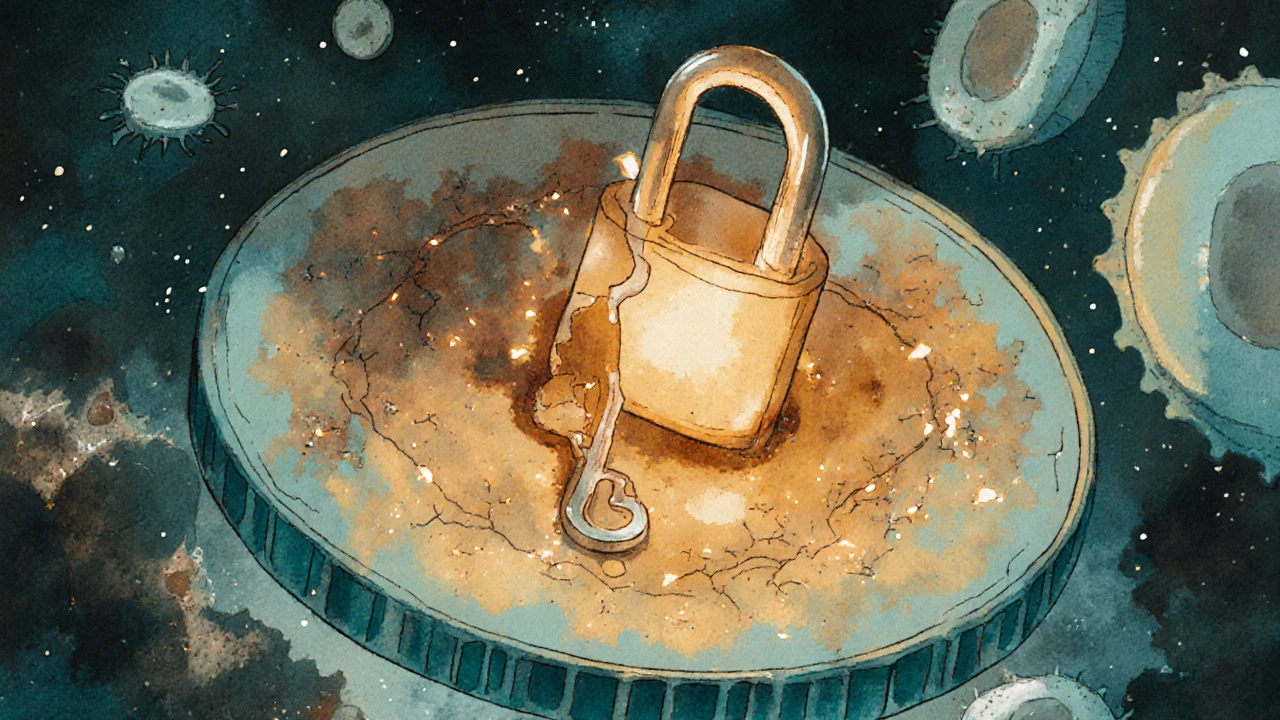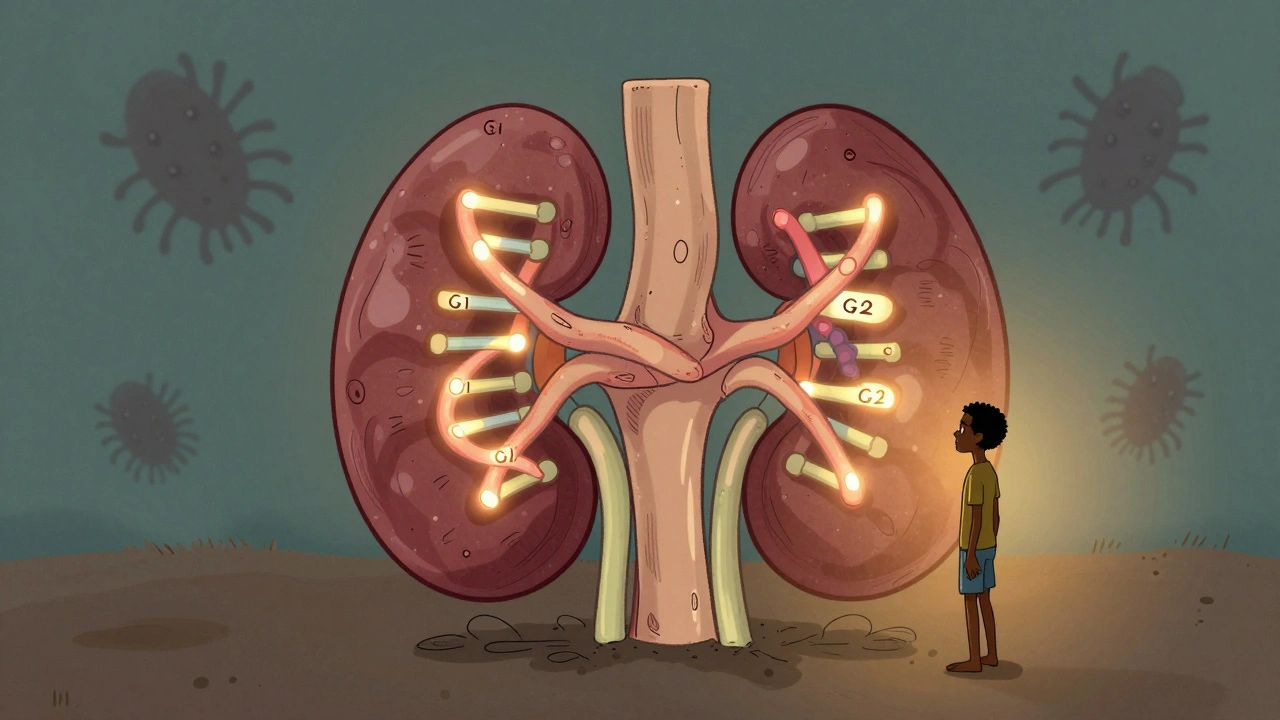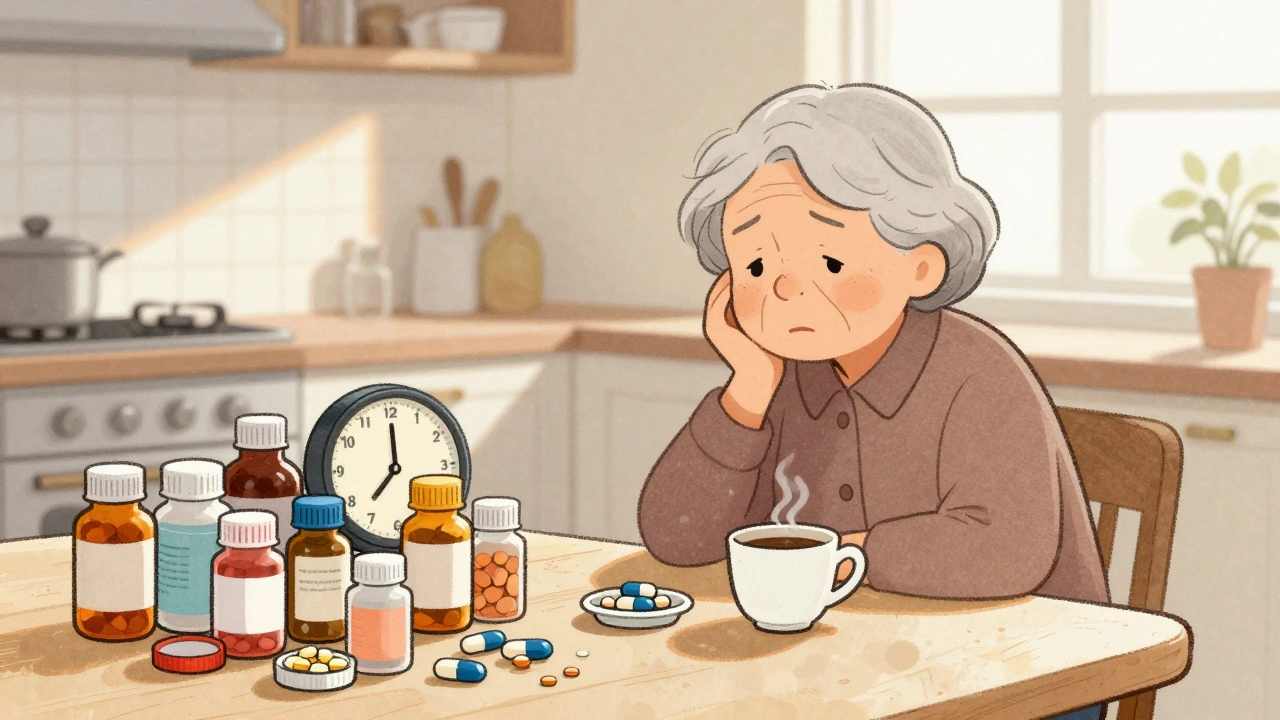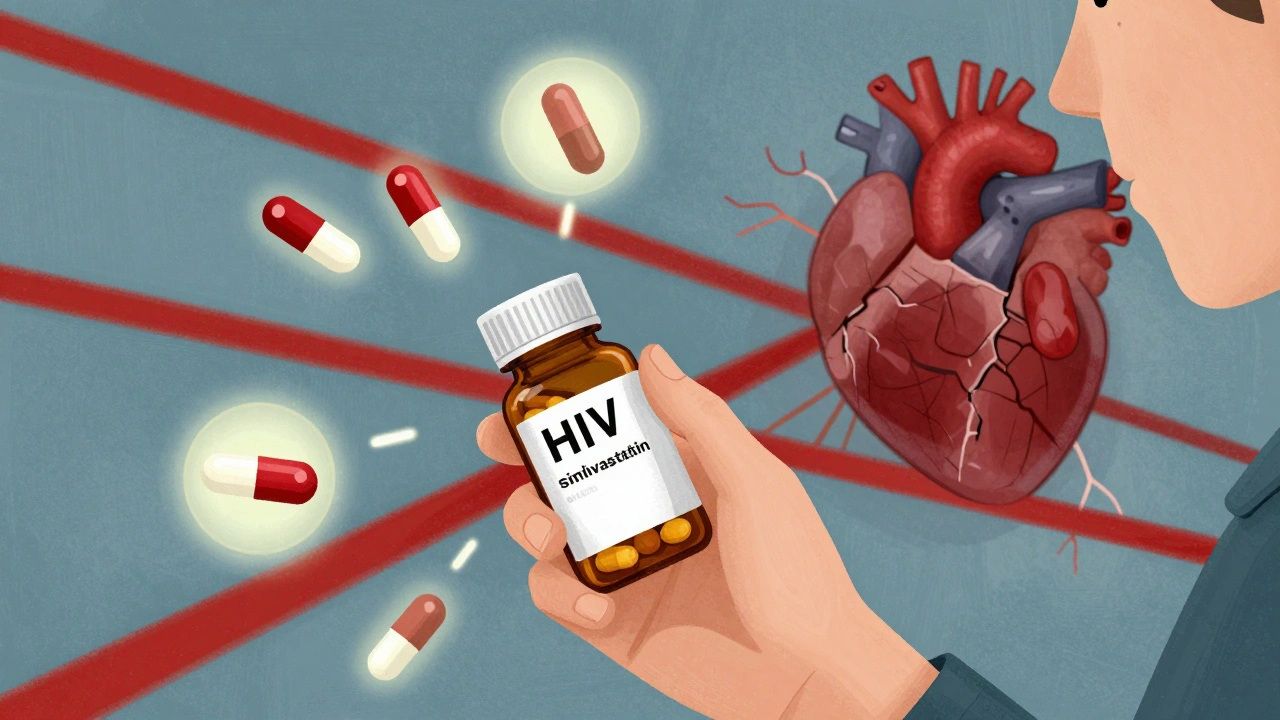Chronic Myeloid Leukemia: Causes, Treatments, and What You Need to Know
When your bone marrow makes too many abnormal white blood cells, you might be dealing with chronic myeloid leukemia, a type of blood cancer that progresses slowly but can turn aggressive if untreated. Also known as CML, it’s caused by a genetic glitch called the Philadelphia chromosome, where two genes fuse and create a faulty protein that tells cells to multiply nonstop. Unlike sudden cancers, CML often shows no symptoms at first—many people only find out during a routine blood test.
Most patients are diagnosed between ages 45 and 65, and while it’s rare, it accounts for about 15% of all adult leukemias. The big shift in treatment came with tyrosine kinase inhibitors, targeted drugs that block the faulty protein driving the cancer. Drugs like imatinib, dasatinib, and nilotinib turned CML from a life-threatening illness into a manageable condition for most. Many people now live normal lifespans with just a daily pill, regular blood checks, and no chemotherapy.
But not everyone responds the same way. Some develop resistance, others face side effects like fatigue, nausea, or fluid retention. For those who don’t respond to pills, a bone marrow transplant, a procedure that replaces diseased marrow with healthy stem cells from a donor remains the only potential cure—though it carries serious risks and is usually reserved for younger, healthier patients.
What you won’t find in most guides is how daily life changes after diagnosis. People on TKIs need to avoid grapefruit, certain antibiotics, and even some herbal supplements because they can interfere with drug levels. Regular monitoring of blood counts and genetic markers is non-negotiable. Missing a dose? That’s not just a slip—it can let the cancer creep back. And while survival rates have soared, the emotional toll of living with a chronic cancer, even a controlled one, is real.
Below, you’ll find real-world advice from people who’ve been there: how to handle side effects, when to push back on doctors, what supplements might help (or hurt), and how to spot warning signs before they become emergencies. These aren’t textbook summaries—they’re practical tips from patients and clinicians who’ve seen what works and what doesn’t.

Imatinib and Its Impact on the Global Cancer Treatment Landscape
Imatinib revolutionized cancer treatment by turning chronic myeloid leukemia from a fatal disease into a manageable condition. As the first targeted therapy, it paved the way for precision oncology and improved survival rates worldwide.





